The present book has been divided into four main sections. The first section deals with an introduction to Yoga definition of Yoga historical aspects of Yoga and the relationship between Ayurveda and Yoga. The second section is concerned with Ashtanga Yoga. It contains eight parts: Yama, Niyama, Asana, Pranayama. Pratyahara, Dharana, Dhyana and Samadhi. Yoga as it is concerned today is a combination of some physical postures and breathing exercises.
The Third Section deals with the Physiological aspects of Yoga. The various benefits ascribed to Yoga by ancient seers and practitioners of Yoga are investigated by controlled experiments and clinical studies on human volunteers and patients of both sexes and all age groups.
The Fourth Section deals with the Yoga Therapy.
In later periods especially, in the 20th century many researches with the help of practicing Yogis, conducted clinical research and found that Yoga is very much useful to humanity in controlling various stress induced disorders such as psychosomatic neurotic and those due to lowered immunity. It is found to be useful in managing addiction cases diabetes mellutus hypertension, obesity, Thyroid disorders, detoxification of the body constipation gastrointestinal disorders gynaec problem such as dysfunctional uterine bleeding, Proplapse of Uterus, Dysmenorrhea, respiratory disorders like bronchial Asthma, sinusitis, Neurotic depression, aggressive behaviour in childrens and adults, criminal behaviour insomnia, spinal disorders such as cervical and Lumbar spondylosis deformities of spine prolapsed disc syndrome, neuralgias as etc. Many physical disorders are found to be better amenable therapy when used in combination with Yoga.

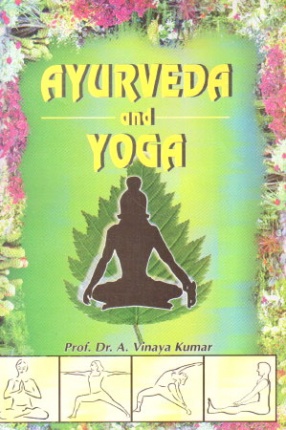
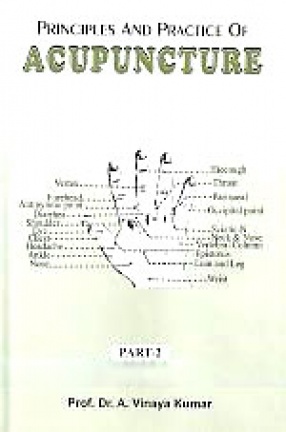
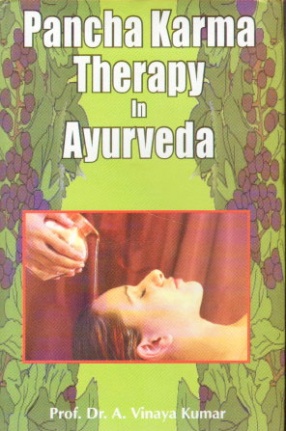
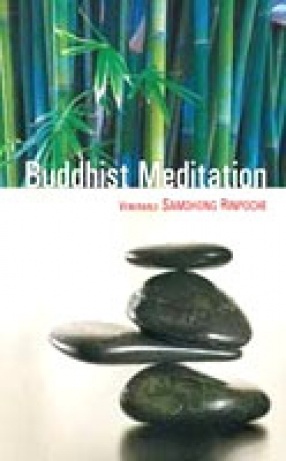
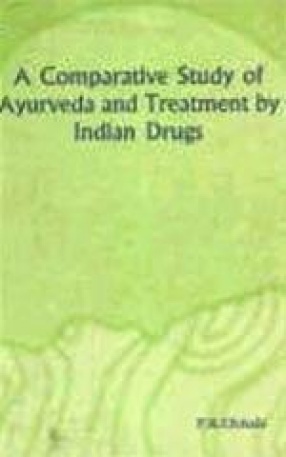
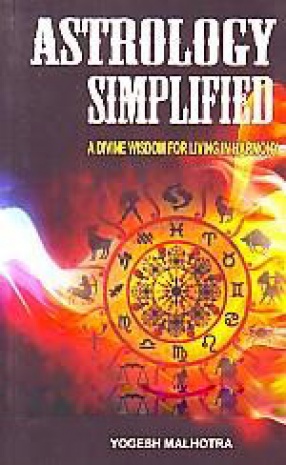
There are no reviews yet.